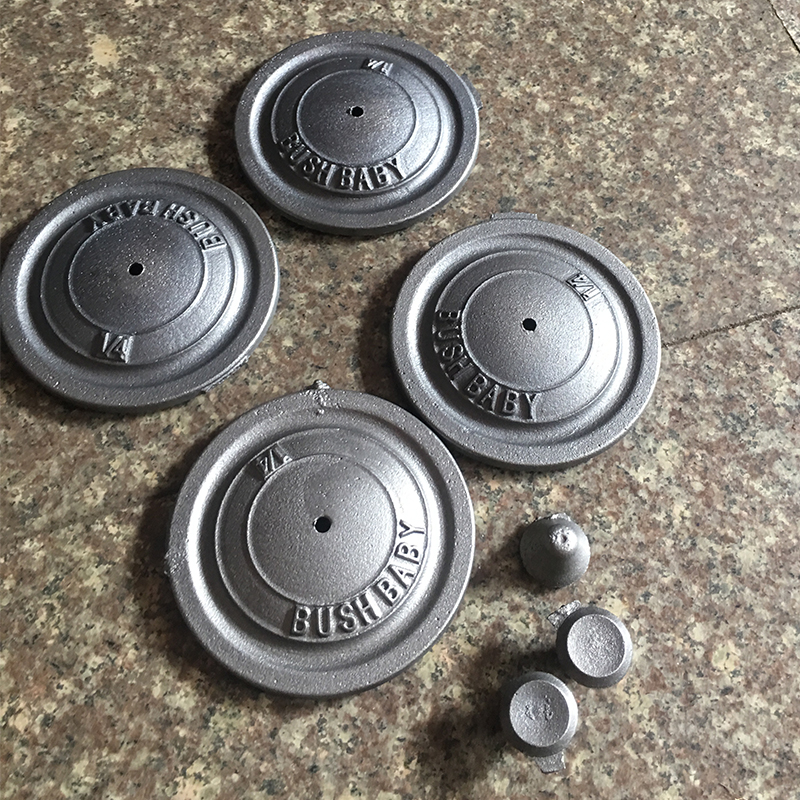The Impact of Sand Casting Machine Price on Manufacturing
Industry News-The round casting mold is an essential tool in the casting industry, especially when it comes to producing circular or cylindrical parts. These molds are used in a wide range of applications, from simple components like pipes to more complex parts such as wheels, gears, and various automotive or aerospace components. A round casting mold can be used for producing parts in both ferrous and non-ferrous metals, including aluminum, bronze, and iron.

The process of creating a round casting mold begins with designing the mold to match the exact specifications of the part being produced. For round molds, the design typically includes a cylindrical shape with an inner cavity where molten metal will be poured. After the mold is designed, it is prepared by filling it with a material such as sand, which is compacted around a pattern of the part to be cast. Once the sand has hardened, the pattern is removed, and the cavity is left open for the molten metal.
Advantages of Round Casting Molds
Precision in Shape: Round molds are often used when high precision is required in producing cylindrical parts. Their shape is ideal for casting components that must meet specific geometric standards, ensuring accurate fit and functionality.
Cost-Effectiveness: Round molds are relatively simple in design, which can make them more affordable than custom molds designed for complex shapes. Their simplicity also translates to lower costs in material and labor.
Versatility: Round casting molds can be used in a wide range of industries, from automotive to construction. Whether it's creating parts for engines, machinery, or infrastructure, these molds provide flexibility for various applications.
Round casting molds are widely used across multiple industries. In the automotive industry, they are commonly used to create parts like wheels, axles, and other cylindrical components. The construction industry often uses round molds to produce pipes, fittings, and other infrastructural elements. Additionally, round molds are essential in machinery manufacturing for parts that require precise, round geometries, such as bearings, gears, and shafts.
The sand casting process involves the creation of molds made from a mixture of sand, clay, and other additives. These molds are used to cast a variety of metals, from aluminum to steel. The sand casting machine is a vital piece of equipment that automates the process of creating these molds, increasing efficiency, and reducing labor costs. However, one of the key factors that influence a manufacturer's decision to invest in a sand casting machine is its price.
Factors Affecting Sand Casting Machine Price
Machine Size and Capacity: The size of the sand casting machine directly impacts its price. Larger machines with greater capacity can handle larger and more complex molds, making them more expensive. Machines that can handle heavy-duty applications or high-volume production will also come at a higher cost. Smaller, more compact machines designed for lower production volumes or specialized tasks tend to be more affordable.
Automation Level: Modern sand casting machines come with varying levels of automation. Basic machines may require manual operation, while more advanced machines come with automated features such as pattern making, core shooting, and mold handling. Fully automated machines that require minimal human intervention tend to be more expensive due to the advanced technology involved.
Material Compatibility: Sand casting machines that can handle a wider range of materials, including different metals or specialized alloys, tend to have a higher price tag. Machines designed for casting specific metals like steel or aluminum may be priced differently based on the material's characteristics and the machine's ability to handle them.
Machine Features: Additional features such as high-speed molding, enhanced cooling systems, or advanced mold quality control mechanisms can increase the price of the machine. Features that improve mold quality, such as automated quality inspection or enhanced sand mixing systems, add to the overall cost but can be beneficial for maintaining consistency and reducing defects in the final casting.
 En
En
 русский
русский Español
Español عربى
عربى Deutsch
Deutsch















